Home>Home Appliances>Home Automation Appliances>How To Program An Alexa Skill
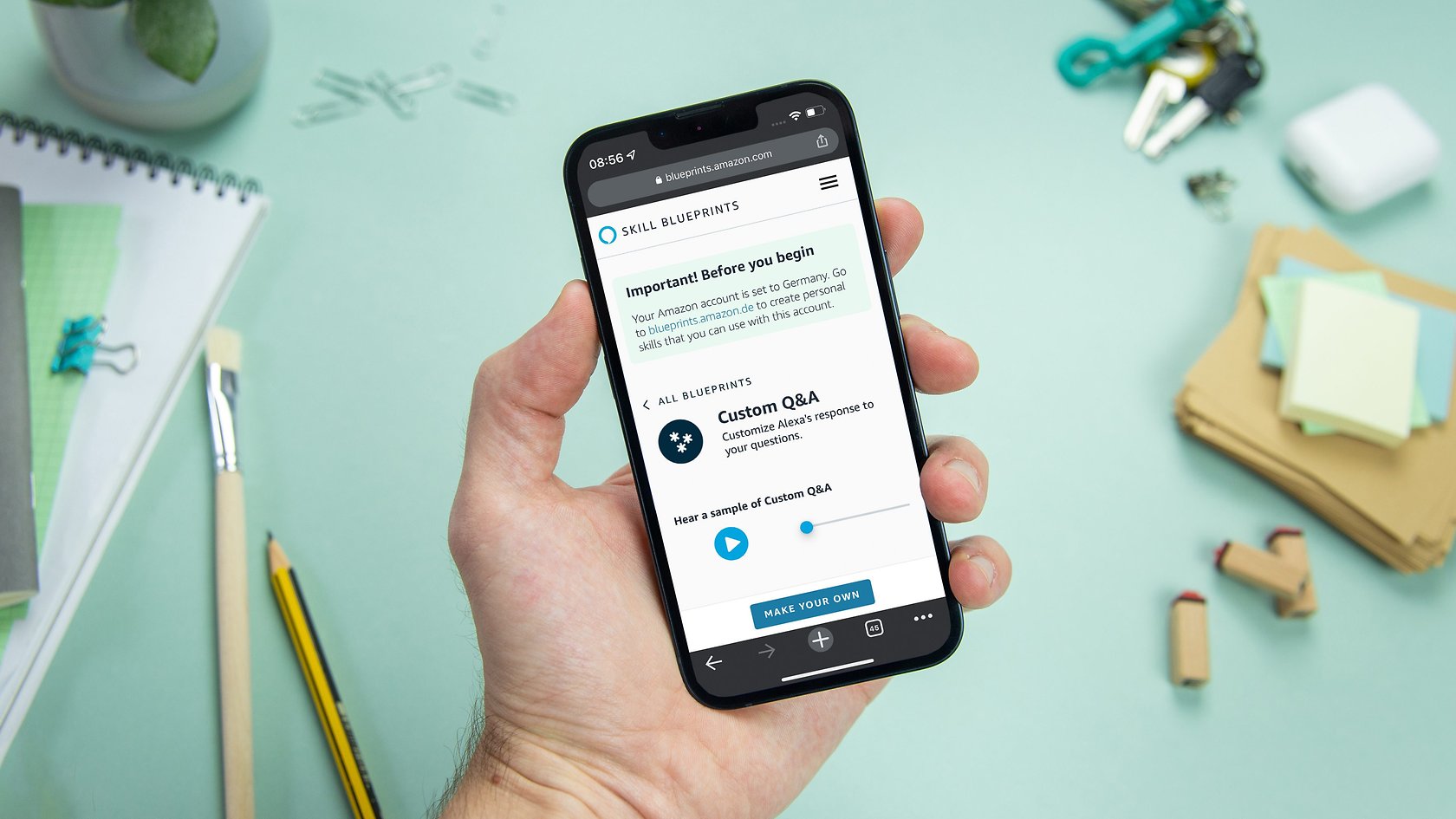

Home Automation Appliances
How To Program An Alexa Skill
Modified: August 20, 2024
Learn how to program an Alexa skill for home automation appliances with our step-by-step guide. Create custom voice commands and enhance your smart home experience today!
(Many of the links in this article redirect to a specific reviewed product. Your purchase of these products through affiliate links helps to generate commission for Storables.com, at no extra cost. Learn more)
Introduction
Welcome to the exciting world of home automation and voice-activated technology! In this article, we will delve into the fascinating realm of Alexa skills and explore the process of creating and programming your very own Alexa skill. With the widespread integration of smart devices into our daily lives, the ability to develop custom Alexa skills has become an invaluable skillset.
Alexa, the virtual assistant developed by Amazon, has revolutionized the way we interact with our smart devices. By enabling developers to design custom skills, Alexa has opened up a world of possibilities for creating personalized voice experiences. Whether you are a seasoned developer or a curious enthusiast, understanding how to program an Alexa skill can unlock a realm of creativity and innovation.
Throughout this article, we will provide a comprehensive guide to help you navigate the process of developing an Alexa skill from start to finish. From setting up your development environment to testing, debugging, and ultimately publishing your skill, we will walk you through each step, offering practical insights and expert tips along the way.
By the end of this journey, you will have the knowledge and confidence to craft your own unique Alexa skill, tailored to your specific preferences and requirements. So, let's embark on this enlightening adventure into the world of Alexa skill programming and unleash the power of voice-activated technology in the realm of home automation and beyond.
Are you ready to embark on this exciting journey? Let's dive in and explore the incredible possibilities that await as we unravel the intricacies of programming an Alexa skill.
Key Takeaways:
- Creating an Alexa skill involves defining its functions, designing voice commands, and implementing logic. Testing and debugging ensure a smooth user experience, leading to publishing and sharing the skill with a global audience.
- Developers can shape the future of voice-activated technology by crafting innovative and impactful Alexa skills. Embracing user feedback and continuous refinement are key to creating engaging voice experiences.
Read more: What Programming Language Does Alexa Use
Understanding Alexa Skills
Before delving into the intricacies of programming an Alexa skill, it’s essential to grasp the fundamental concepts and capabilities of Alexa skills. An Alexa skill is essentially a voice-activated application that empowers users to interact with compatible devices using natural language commands. These skills enable users to perform a wide array of tasks, from controlling smart home devices to accessing information and entertainment.
At the core of every Alexa skill lies the interaction model, which defines how users engage with the skill through voice commands. This model encompasses the skill’s intents, which represent the actions or tasks that users can initiate, and the corresponding utterances, which are the specific phrases users say to trigger those intents.
Furthermore, Alexa skills can leverage various APIs and services to extend their functionality, allowing seamless integration with third-party platforms and systems. Whether it’s retrieving real-time weather updates, accessing news headlines, or interfacing with home automation devices, the versatility of Alexa skills knows no bounds.
Understanding the diverse categories of Alexa skills is crucial for tailoring your skill to meet specific user needs. Skills can range from smart home control and productivity tools to interactive games and educational resources. By identifying the target audience and intended use case for your skill, you can craft a compelling and purposeful voice experience.
Moreover, the concept of skill invocation plays a pivotal role in the user’s interaction with Alexa skills. Skill invocation refers to the process of initiating a specific skill by uttering a predefined invocation name, which serves as the unique identifier for the skill. This seamless invocation mechanism ensures that users can effortlessly engage with their desired skills, enhancing the overall user experience.
As we venture deeper into the realm of Alexa skill development, it’s essential to appreciate the underlying architecture and design principles that govern the creation of impactful and user-centric voice experiences. By comprehending the intricacies of Alexa skills, you will be well-equipped to embark on the journey of crafting your own innovative and engaging voice-activated applications.
Now that we’ve gained a foundational understanding of Alexa skills, let’s proceed to the next phase: setting up your development environment. Buckle up as we prepare to immerse ourselves in the world of Alexa skill programming!
Setting Up Your Development Environment
Before embarking on the exhilarating journey of creating your first Alexa skill, it’s essential to establish a robust development environment that facilitates seamless skill design and implementation. Setting up your development environment involves leveraging the Alexa Skills Kit (ASK) and familiarizing yourself with the tools and resources essential for skill development.
The cornerstone of your development environment is the Alexa Developer Console, a web-based platform that empowers developers to design, build, and test Alexa skills. This intuitive console provides a comprehensive suite of features, including skill creation wizards, testing simulators, and analytics tools, enabling you to craft and refine your skills with ease.
Additionally, integrating the Alexa Skills Kit Command Line Interface (ASK CLI) into your development workflow streamlines skill management and deployment. The ASK CLI offers powerful capabilities for skill creation, deployment, and interaction model management, empowering you to efficiently iterate on your skill’s functionality.
Furthermore, familiarizing yourself with the Voice User Interface (VUI) design principles is paramount for creating an intuitive and user-friendly Alexa skill. Understanding how to structure conversational interactions and design compelling voice prompts is essential for delivering a seamless and engaging user experience.
As you venture into the realm of Alexa skill development, leveraging a robust Integrated Development Environment (IDE) tailored for Node.js, such as Visual Studio Code or WebStorm, can significantly enhance your productivity. These IDEs provide advanced code editing features, debugging tools, and seamless integration with the ASK SDK for Node.js, empowering you to craft high-quality skills with efficiency.
Moreover, gaining proficiency in utilizing Amazon Web Services (AWS) for hosting and managing your skill’s backend logic and resources is pivotal. AWS Lambda, a serverless computing service, serves as a compelling option for executing the backend logic of your Alexa skill, offering scalability and cost-efficiency.
By establishing a well-equipped development environment and mastering the essential tools and frameworks, you are poised to embark on a transformative journey into the realm of Alexa skill programming. With the foundational elements in place, you are ready to embark on the exhilarating process of creating your first Alexa skill.
As we prepare to delve into the intricacies of skill creation, let’s ensure that our development environment is primed for innovation and efficiency. Now, with the stage set, let’s embark on the exciting endeavor of crafting your first Alexa skill!
Creating Your First Alexa Skill
Now that you have established a robust development environment, it’s time to embark on the exhilarating journey of creating your first Alexa skill. The process of skill creation encompasses defining the skill’s functionality, designing the interaction model, and implementing the skill’s logic to deliver a seamless and engaging voice experience.
The first step in creating your Alexa skill involves defining the skill’s intents, which represent the actions or tasks that users can initiate through voice commands. Whether it’s controlling smart home devices, accessing information, or playing interactive games, defining clear and purposeful intents lays the foundation for a compelling skill.
Once the intents are defined, crafting the skill’s interaction model involves mapping out the specific phrases, or utterances, that users will say to trigger each intent. By anticipating diverse user inputs and designing a robust set of utterances, you can ensure that your skill comprehensively understands and responds to user commands.
With the interaction model in place, it’s time to implement the skill’s logic using the Alexa Skills Kit SDK for Node.js. Leveraging the SDK’s capabilities, you can seamlessly handle user requests, retrieve and process data from external APIs, and orchestrate dynamic voice interactions, all within the Node.js environment.
Furthermore, integrating the skill with external APIs and services, such as weather forecasts, news updates, or smart home platforms, enriches the skill’s functionality and enhances its utility for users. By harnessing the power of external integrations, you can elevate your skill to deliver real-time information and seamless connectivity with smart home devices.
As you immerse yourself in the process of creating your first Alexa skill, prioritizing user-centric design and intuitive voice interactions is paramount. Crafting compelling voice prompts, error handling mechanisms, and contextually relevant responses contributes to the overall cohesiveness and usability of your skill.
Throughout the development journey, leveraging the testing capabilities offered by the Alexa Developer Console and the ASK CLI enables you to iteratively refine and validate your skill’s functionality. Thorough testing and debugging are essential to ensure that your skill delivers a seamless and delightful user experience.
By embracing the iterative nature of skill development and incorporating user feedback, you can refine and enhance your skill to meet the evolving needs and preferences of your target audience. With each iteration, you inch closer to creating a captivating and impactful Alexa skill that resonates with users.
As you immerse yourself in the creative process of crafting your first Alexa skill, remember that innovation and imagination are your greatest allies. Embrace the opportunity to explore the boundless potential of voice-activated technology and create a skill that captivates and empowers users in the realm of home automation and beyond.
Now, with the foundation laid and the creative spark ignited, let’s venture into the exhilarating realm of testing and debugging your Alexa skill, refining its functionality to deliver a seamless and captivating voice experience.
When programming an Alexa skill, make sure to thoroughly test it using the Alexa Developer Console and real devices to ensure it functions properly and provides a good user experience.
Testing and Debugging Your Alexa Skill
As you venture into the intricate process of crafting an Alexa skill, thorough testing and meticulous debugging play a pivotal role in ensuring the skill’s functionality and user experience meet the highest standards. Testing your skill across diverse scenarios and fine-tuning its behavior through effective debugging techniques are essential steps in delivering a polished and seamless voice-activated experience.
Utilizing the testing capabilities offered by the Alexa Developer Console empowers you to simulate and validate user interactions with your skill. Through the console’s testing tools, you can emulate voice commands, inspect the skill’s responses, and identify potential areas for refinement. This iterative testing process allows you to fine-tune the skill’s behavior and address any ambiguities in user inputs.
Furthermore, leveraging the Alexa Skills Kit Command Line Interface (ASK CLI) for testing enables you to validate the skill’s functionality in a local environment, facilitating rapid iteration and debugging. By executing test commands and observing the skill’s responses within the development environment, you can swiftly identify and address any inconsistencies or unexpected behaviors.
Implementing comprehensive error handling mechanisms within your skill’s logic is crucial for gracefully managing unexpected user inputs and system errors. By anticipating potential failure scenarios and designing robust error handling routines, you can enhance the resilience and reliability of your skill, ensuring a consistent and intuitive user experience.
Incorporating logging and monitoring tools, such as Amazon CloudWatch, enables you to gain valuable insights into the skill’s performance and user interactions. By monitoring key metrics, logging relevant events, and analyzing user interactions, you can identify patterns, detect anomalies, and optimize the skill’s behavior based on empirical data.
Engaging real users as beta testers provides invaluable feedback and insights into the skill’s usability and appeal. By soliciting user feedback and observing real-world interactions with your skill, you can gain a deeper understanding of user preferences and pain points, informing iterative improvements and refinements.
Throughout the testing and debugging phase, maintaining a user-centric mindset and empathizing with the end user’s experience are paramount. By placing yourself in the user’s shoes and rigorously testing the skill across diverse scenarios, you can ensure that the skill delivers a seamless, intuitive, and delightful voice experience.
As you navigate the intricate landscape of testing and debugging your Alexa skill, remember that each iteration brings you closer to creating a skill that resonates with users and enriches their daily lives. Embrace the iterative nature of skill refinement and debugging, knowing that each refinement propels your skill toward excellence.
With the skill thoroughly tested and meticulously debugged, you are now poised to embark on the transformative journey of publishing your Alexa skill, bringing your creation to a global audience and making a meaningful impact in the realm of voice-activated technology.
Read more: How To Practice Woodworking Joinery
Publishing Your Alexa Skill
As you reach the culmination of crafting and refining your Alexa skill, the exhilarating prospect of sharing your creation with the world beckons. Publishing your skill on the Alexa Skills Store enables you to make your innovative voice experience accessible to a global audience, empowering users to engage with your skill and benefit from its unique capabilities.
Prior to initiating the publishing process, it’s essential to conduct a comprehensive review of your skill to ensure it complies with Amazon’s certification guidelines and upholds the highest standards of quality, security, and user experience. Addressing any potential issues or deficiencies proactively positions your skill for a seamless and expedited certification process.
Embracing the submission process within the Alexa Developer Console, you can meticulously configure the skill’s metadata, including its name, description, invocation name, and visual assets, to captivate and inform potential users. Crafting a compelling and informative skill description, along with captivating visual assets, enhances the discoverability and appeal of your skill within the Skills Store.
Moreover, defining the skill’s distribution and availability settings empowers you to tailor the skill’s reach and accessibility based on geographic and language preferences, ensuring that users worldwide can engage with your skill in their preferred language and locale.
As you prepare to submit your skill for certification, conducting thorough testing across diverse scenarios and user interactions is pivotal. Ensuring that your skill delivers a seamless and intuitive user experience, complies with Amazon’s policies, and upholds privacy and security standards is essential for a successful certification outcome.
Upon submitting your skill for certification, the Amazon team conducts a comprehensive review to assess the skill’s functionality, user experience, and adherence to certification guidelines. Embracing open communication and promptly addressing any feedback or action items from the certification team expedites the certification process and ensures a swift path to publishing your skill.
Upon successful certification, your skill is primed for publication on the Alexa Skills Store, where it becomes discoverable to millions of Alexa users worldwide. Leveraging the store’s promotional tools and marketing resources, you can amplify the visibility and adoption of your skill, reaching a diverse audience of eager users seeking innovative voice experiences.
With your skill live on the Alexa Skills Store, you have the opportunity to engage with users, gather feedback, and iterate on your skill to continuously enhance its functionality and appeal. Embracing user feedback as a catalyst for improvement empowers you to refine and evolve your skill, ensuring it remains relevant and impactful in the dynamic landscape of voice-activated technology.
As you embark on the transformative journey of publishing your Alexa skill, remember that your creation has the potential to enrich and elevate the daily lives of users, empowering them with personalized, intuitive, and engaging voice experiences. Embrace the opportunity to share your innovation with the world, knowing that your skill has the power to make a meaningful impact in the realm of home automation and beyond.
Congratulations on reaching this pivotal milestone in your journey as an Alexa skill developer. With your skill published and poised to captivate users worldwide, you have unlocked the potential to shape the future of voice-activated technology, leaving an indelible mark in the realm of home automation and beyond.
Conclusion
Congratulations on embarking on the enlightening journey of programming an Alexa skill. Throughout this transformative expedition, you’ve delved into the captivating realm of voice-activated technology, honing your skills to craft innovative and impactful voice experiences tailored to the realm of home automation and beyond.
As you reflect on the exhilarating process of creating, testing, and publishing your Alexa skill, it’s essential to recognize the profound impact of your contribution to the ever-evolving landscape of voice-activated technology. By embracing the power of voice interactions, you have harnessed the potential to empower users with intuitive, personalized, and engaging experiences that enrich their daily lives.
Throughout this journey, you’ve not only mastered the technical intricacies of skill development but also cultivated a deep understanding of user-centric design, iterative refinement, and the transformative potential of voice-activated technology. Your dedication and creativity have culminated in the creation of a captivating and impactful Alexa skill that resonates with users worldwide.
As you continue to refine and evolve your skill, embracing user feedback and leveraging the dynamic capabilities of voice technology, remember that your innovation has the power to shape the future of home automation, entertainment, productivity, and beyond. Each iteration, refinement, and enhancement propels your skill toward excellence, ensuring it remains relevant and impactful in the dynamic landscape of voice-activated technology.
Embrace the journey ahead with a spirit of curiosity, innovation, and empathy, knowing that your creative endeavors have the potential to make a profound difference in the lives of users, enhancing their interactions with smart devices and unlocking new realms of convenience and delight.
As you navigate the ever-expanding horizons of voice-activated technology, remember that your ingenuity and passion are catalysts for transformative change. Your dedication to crafting compelling voice experiences has the power to shape the future of home automation, entertainment, productivity, and beyond, leaving an indelible mark on the realm of voice-activated technology.
With your Alexa skill poised to captivate users worldwide, you stand at the forefront of innovation, ready to shape the future of voice-activated technology and make a meaningful impact in the realm of home automation and beyond. Embrace the boundless potential that awaits as you continue to innovate, create, and inspire through the captivating realm of Alexa skill development.
Congratulations on this remarkable achievement, and may your journey as an Alexa skill developer be filled with continuous discovery, innovation, and the joy of empowering users with transformative voice experiences.
Frequently Asked Questions about How To Program An Alexa Skill
Was this page helpful?
At Storables.com, we guarantee accurate and reliable information. Our content, validated by Expert Board Contributors, is crafted following stringent Editorial Policies. We're committed to providing you with well-researched, expert-backed insights for all your informational needs.
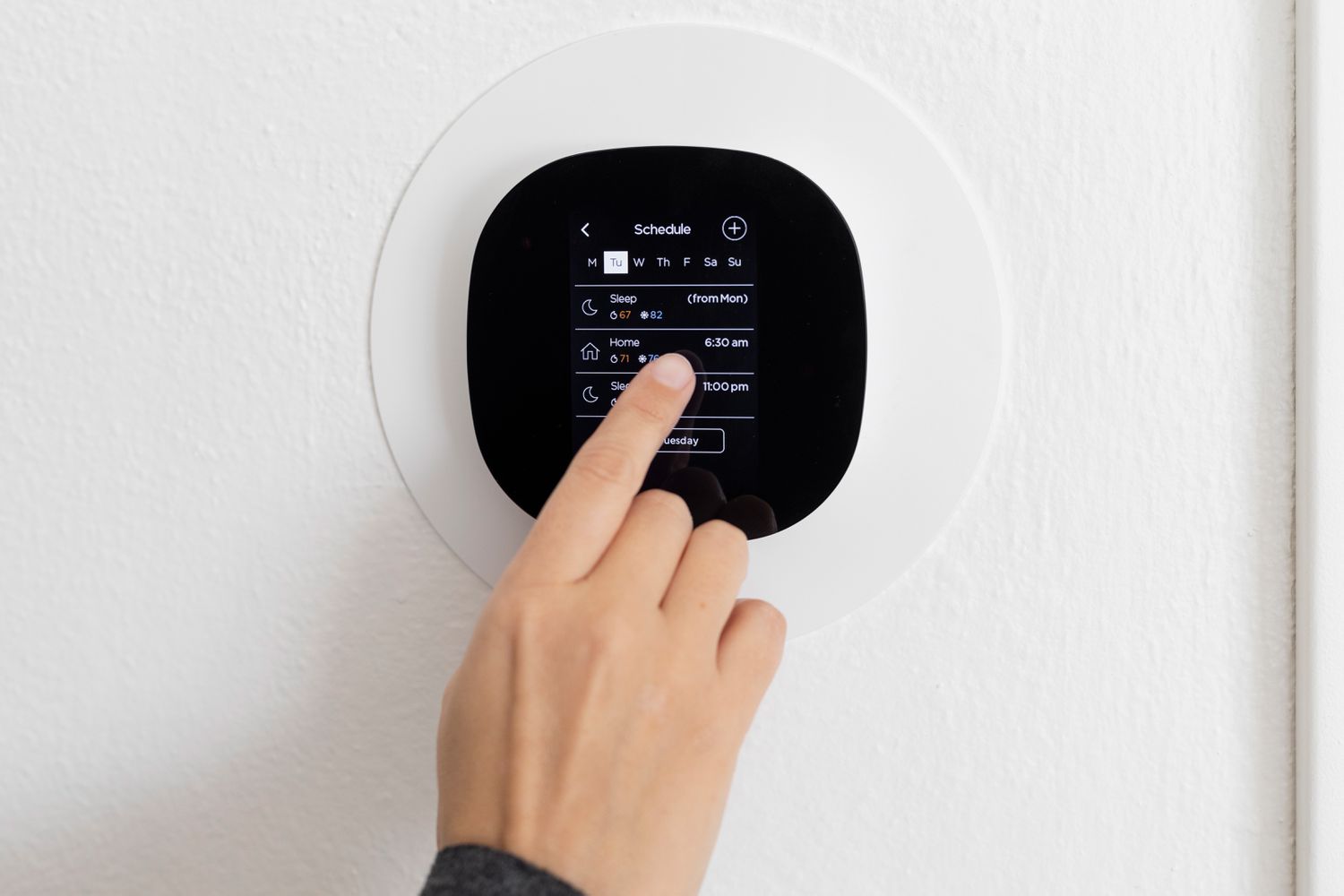


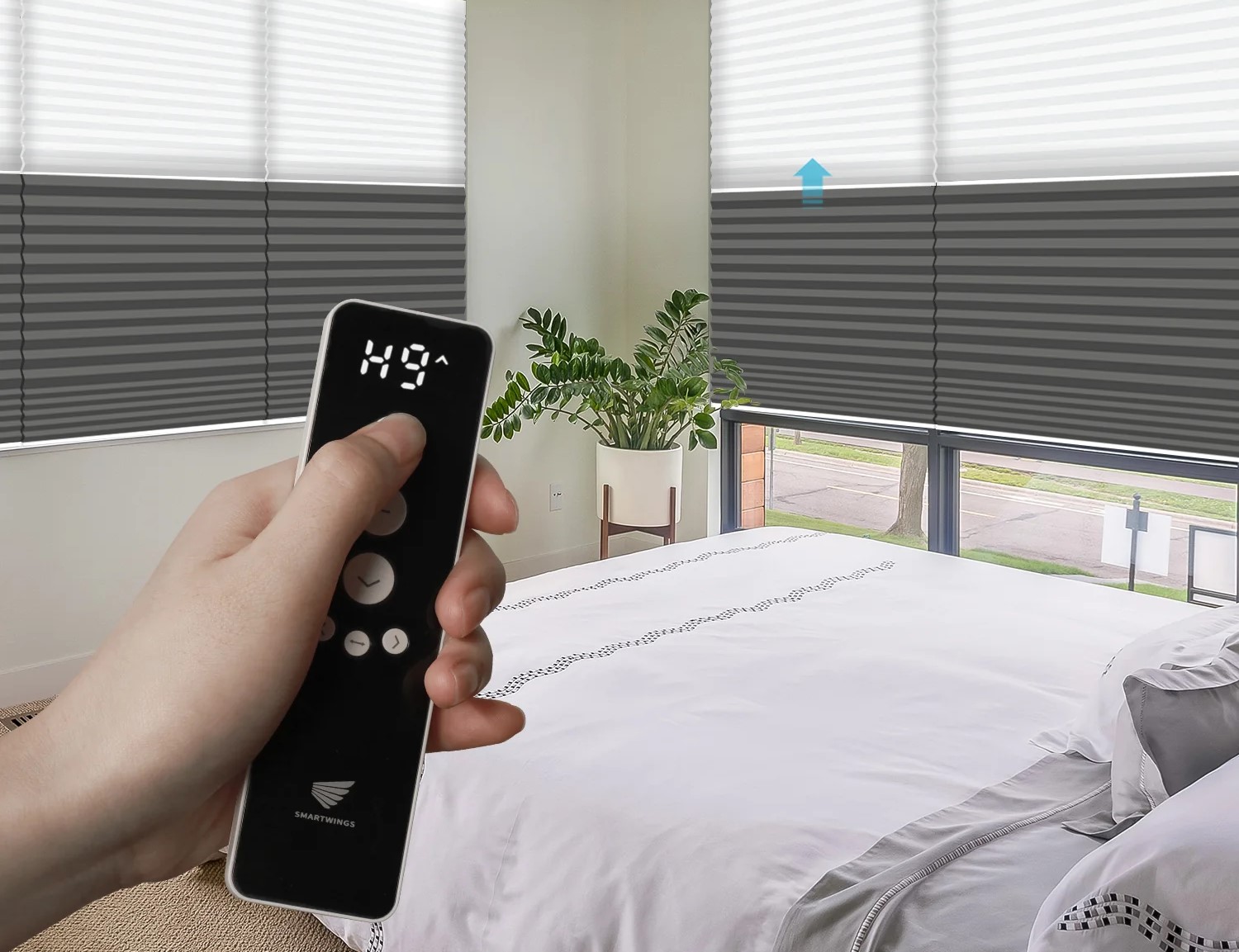


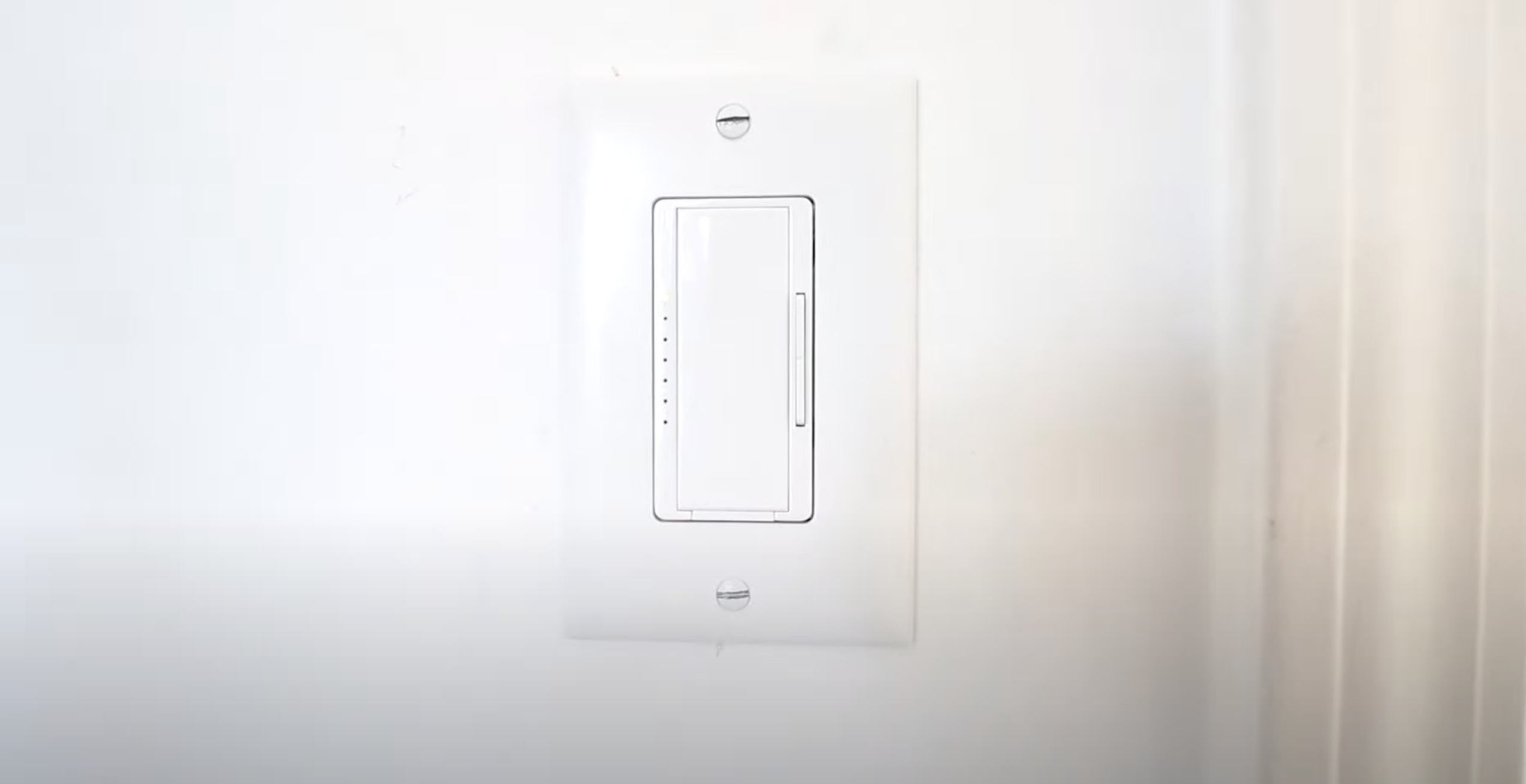
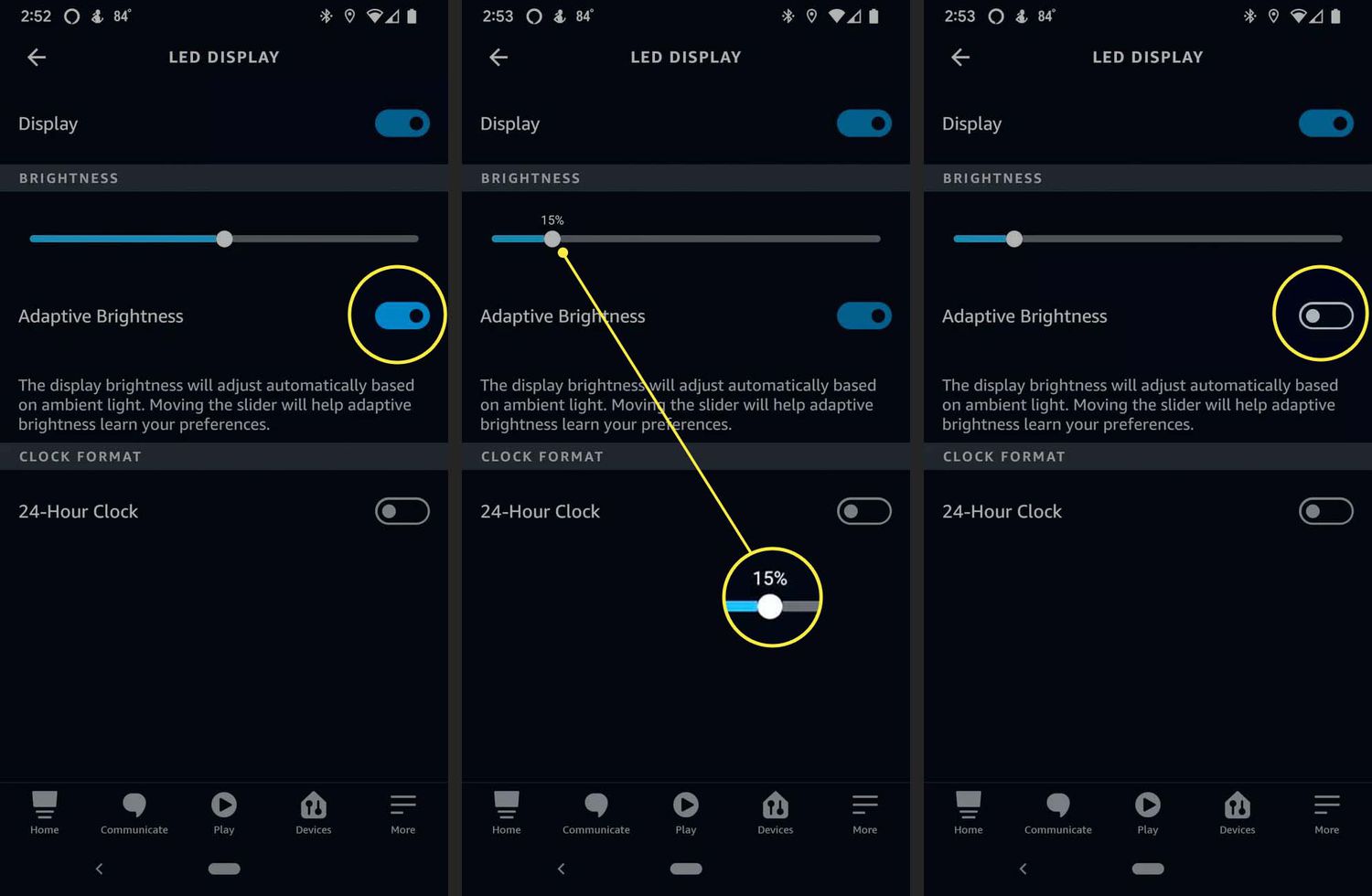
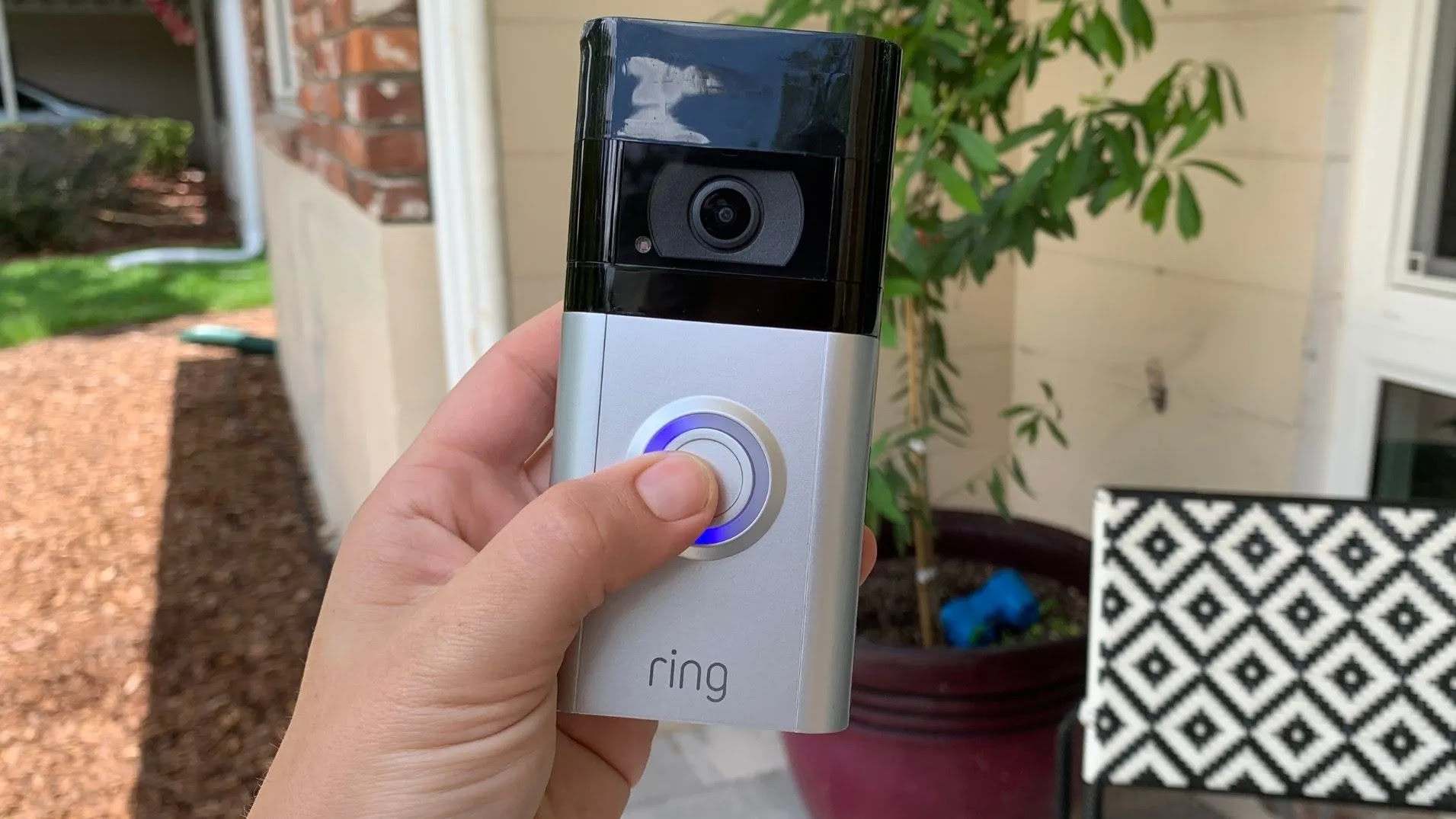



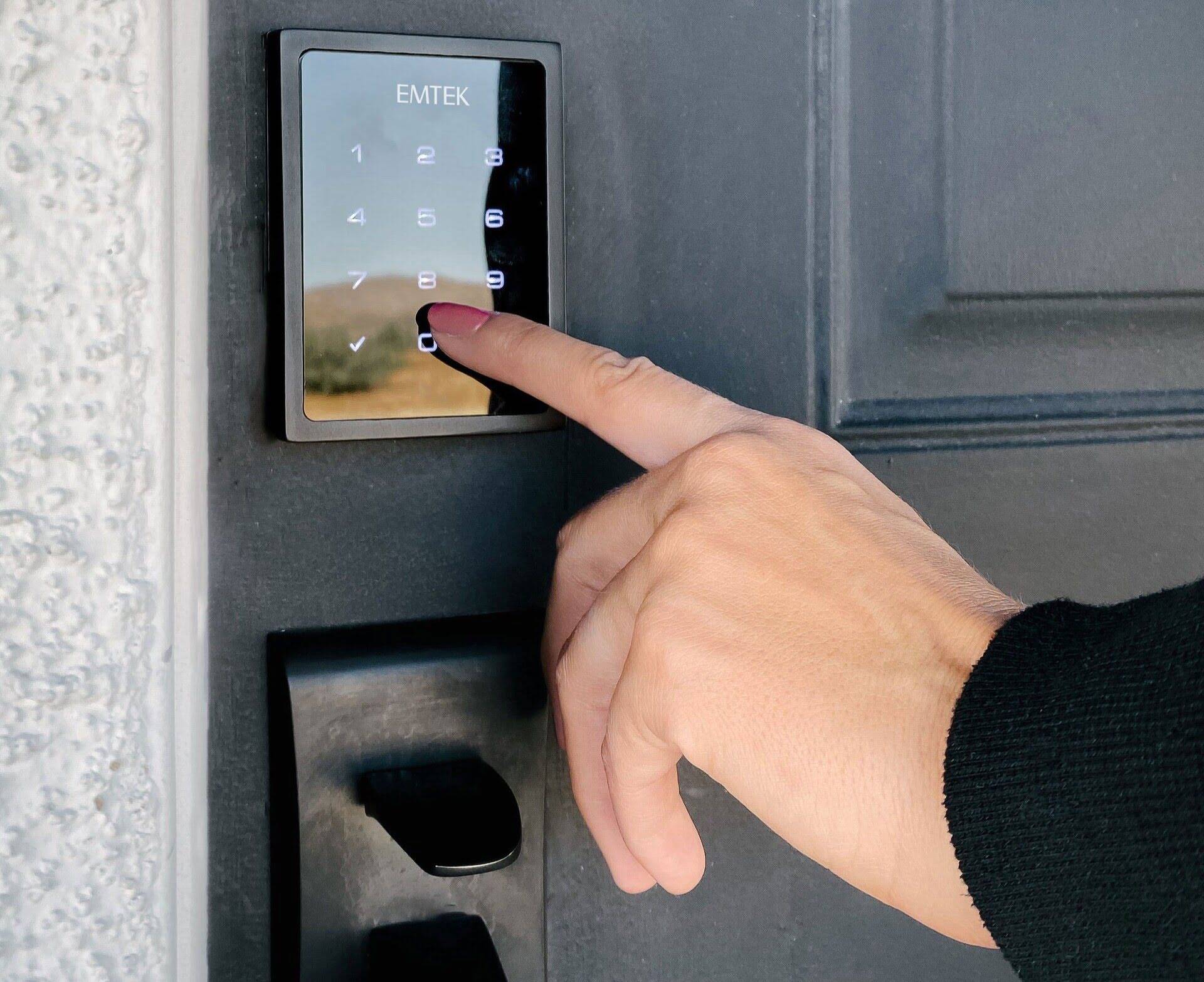
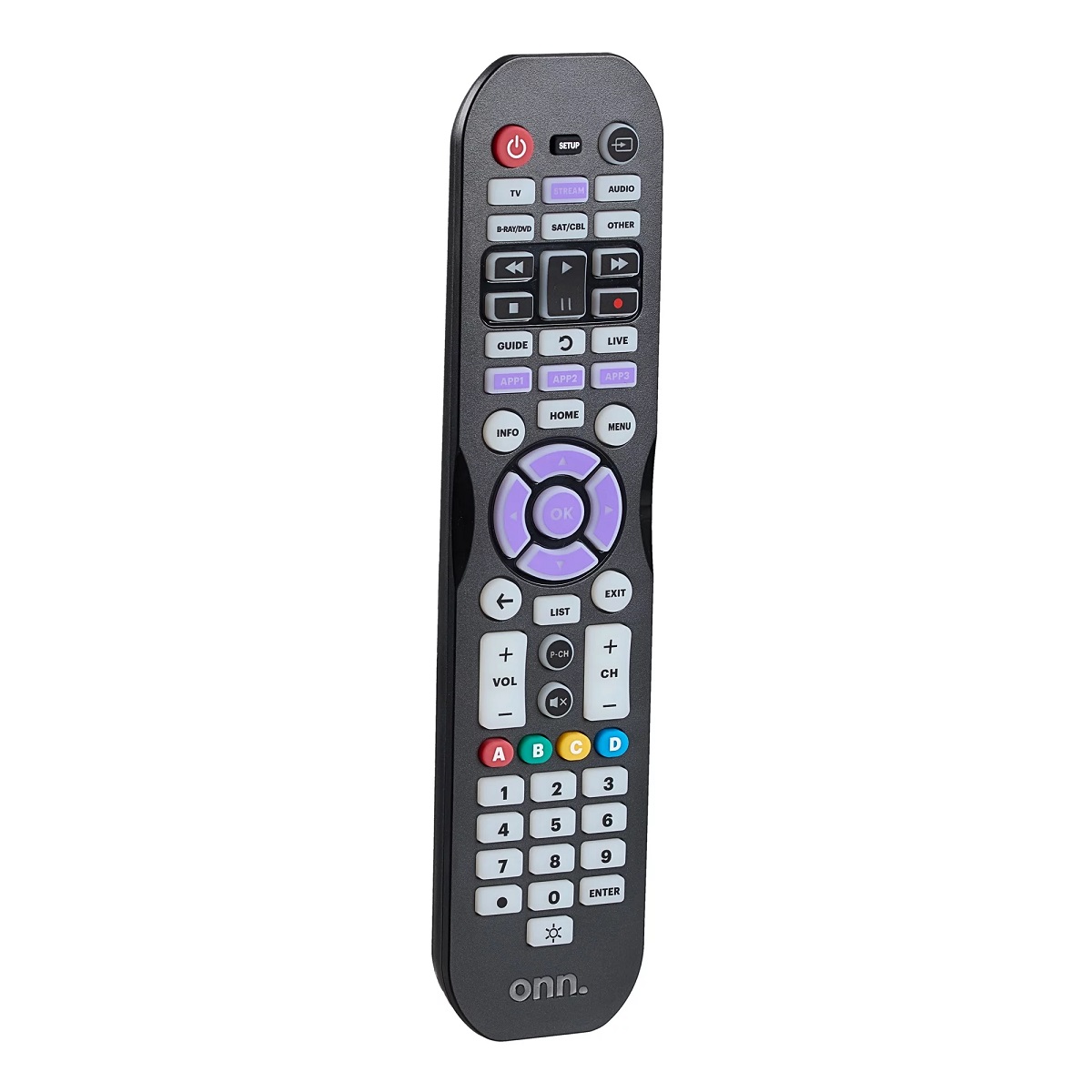

0 thoughts on “How To Program An Alexa Skill”